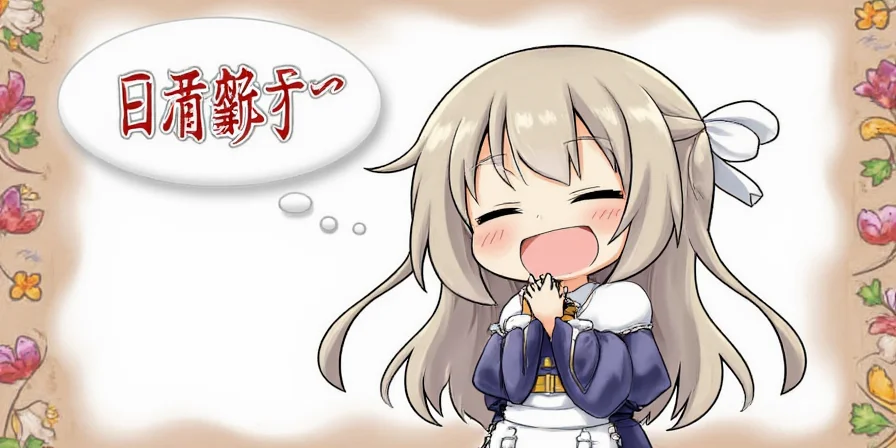
Curry isn't Indian in origin—the term was created by British colonists from the Tamil word 'kari' (meaning sauce). What we call 'curry' actually represents hundreds of distinct regional dishes across South Asia and beyond, each with unique ingredients developed over centuries through trade and adaptation.
Understanding curry's true history transforms how you cook and appreciate these dishes. This guide reveals how colonial simplification created the 'curry' label, how trade routes forged global variations, and 5 chef-developed principles for authentic preparation using local ingredients.
Table of Contents
- The Real Origin of Curry: Debunking the Single-Origin Myth
- Spice Routes: How Trade Forged Curry Diversity
- Global Curry Styles Compared: India, Thailand, Japan, Caribbean
- Curry Comparison Chart: Cultural Signatures
- 5 Authentic Cooking Principles You Can Apply Today
- Why Curry's Evolution Matters for Modern Cooking
- Frequently Asked Questions
The Real Origin of Curry: Debunking the Single-Origin Myth
Contrary to popular belief, 'curry' doesn't originate from a single Indian dish. The term was coined by British colonists from the Tamil word kari (sauce) to categorize South Asia's diverse saucy preparations. No Indian language uses 'curry' as a universal term—regional dishes include:
- Kadhi (yogurt-based Punjabi dish)
- Sagu (South Indian coconut curry)
- Jhol (Bengali light stew)
Critical historical insight: Chili peppers—now synonymous with 'curry heat'—only entered Indian cuisine after 1498 via Portuguese traders. This reveals curry as a living tradition shaped by cross-cultural exchange, not a static Indian export.

How Colonialism Simplified Complex Traditions
When British officers brought 'curry powder' to England, they created a standardized product that erased regional complexity. Modern food historians recognize this as culinary reductionism: bundling Maharashtra's vindaloo (vinegar-based) and Kerala's coconut curries under one label ignored fundamental differences in technique. True authenticity requires moving beyond the curry label to engage with specific cultural contexts.
Spice Routes: How Trade Forged Curry Diversity
Curry's global journey involved active adaptation driven by trade economics, not passive diffusion. Key historical exchanges:
- Portuguese Goa (1510s): Introduced chilies and vinegar, creating vindaloo from Portuguese vinha d'alhos
- Dutch Indonesia (1600s): Adopted Indonesian rendang, later modified into Dutch 'rijsttafel' with reduced spice levels
- British Caribbean (1830s): Indian indentured laborers adapted recipes using local Scotch bonnets and allspice
Enslaved and migrant communities transformed limited ingredients into cultural anchors, proving curry's evolution stems from human resilience more than imperial imposition.
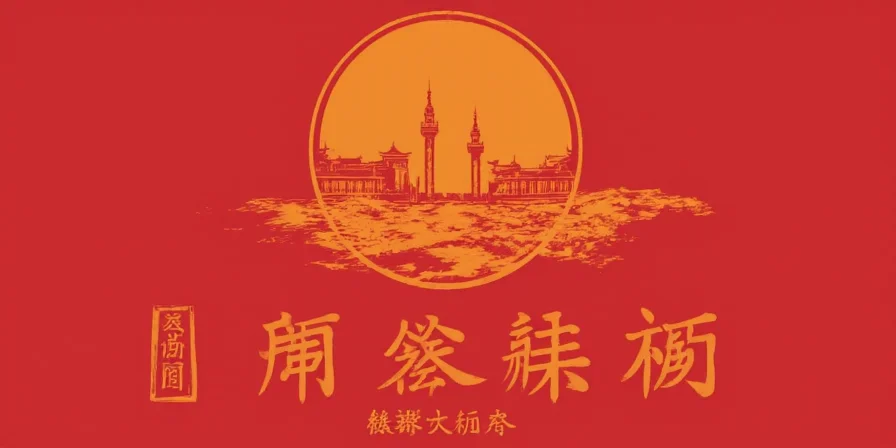
Why Curry Powder Misses the Point
Pre-mixed 'curry powder' emerged as a British convenience product that sacrificed two critical elements:
- Regional specificity: Indian cooks adjust spice ratios daily based on seasonal produce
- Freshness: Whole spices toasted just before grinding release 3x more aromatic compounds
Modern chefs now highlight hyper-local variations like Tamil Nadu's milagai podi (chili-lentil powder) versus Kerala's umbinikathu (mustard seed blend), rejecting homogenization.
Global Curry Styles Compared: India, Thailand, Japan, Caribbean
Each region's curry reflects environmental adaptation and cultural priorities:
Thailand: The Herb-Forward Approach
Unlike Indian curries built on dry spices, Thai versions rely on fresh herb pastes. Green curry uses unripe chilies and holy basil—ingredients thriving in tropical climates. The coconut milk base isn't just flavor; it's practicality, as coconuts grow abundantly where dairy cattle don't.
Japan: Umami Integration
Japanese kare emerged during naval modernization (1870s) when British-introduced curry was adapted to Japanese palates. Key innovations:
- Roux-based thickening (borrowed from French cuisine)
- Katsuobushi (dried bonito) for umami depth
- Apples for natural sweetness
This exemplifies 'wasei eigo' (Japanese-coined English terms)—a culinary localization pattern seen globally.
The Caribbean Twist
Jamaican curry goat showcases how diaspora communities reinvented traditions. Using allspice (pimento)—a New World crop unknown in India—and Scotch bonnets, it created a distinctly Caribbean profile. The slow-cooking method? A practical adaptation for tough goat meat, not an 'authentic' Indian technique.

Curry Comparison Chart: Cultural Signatures
| Region | Core Technique | Cultural Adaptation | Signature Element |
|---|---|---|---|
| India | Tadka (tempering spices in oil) | Regional spice ratios reflecting local agriculture | Fresh curry leaves in South Indian versions |
| Thailand | Pestle-ground fresh herb pastes | Coconut milk replacing dairy in tropical zones | Kaffir lime leaves' citrus note |
| Japan | Roux-based thickening | Umami integration via dashi | Fruit sweetness (apples/honey) |
| Jamaica | Slow-cooking tough meats | Allspice substitution for Indian spices | Scotch bonnet pepper heat |
| UK | Pre-mixed curry powder | Heat reduction for British palates | Cream/tomato sauce base |
5 Authentic Cooking Principles You Can Apply Today
Move beyond recipe replication with these chef-developed principles:
- Context Over Copying: Don't mimic 'Thai curry'—study how Thai cooks balance sour (tamarind), salty (fish sauce), sweet (palm sugar), and heat
- Spice Timing Matters: Add turmeric early (it needs heat to release curcumin), but stir in fresh curry leaves at the end
- Embrace Imperfect Substitutes: No kaffir lime leaves? Use extra lime zest + bay leaf for approximation
- Acidity as Anchor: Finish with 1 tsp vinegar/tamarind—this triggers flavor receptors better than salt alone
- Respect Texture Hierarchy: In Japanese kare, carrots must be diced smaller than potatoes for even cooking
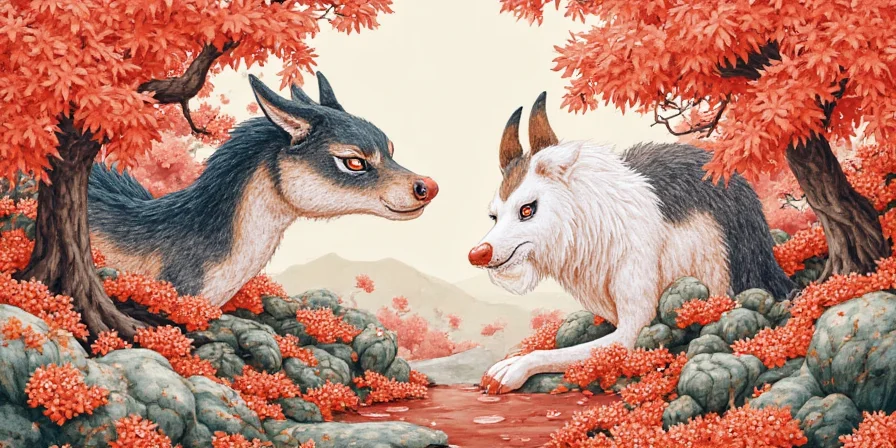
Why Authenticity Isn't the Goal
True culinary respect means understanding why techniques exist—not replicating them rigidly. When Caribbean cooks use allspice instead of cardamom, it's not 'inauthentic'—it's resourceful adaptation. Your kitchen curry should reflect your local ingredients and cultural context, just as global versions did historically.
Why Curry's Evolution Matters for Modern Cooking
Curry's journey reveals a profound truth: cuisine evolves through human connection, not preservation. From Tamil kari to Jamaican curry goat, each variation tells a story of migration, adaptation, and resilience. The most authentic approach isn't chasing 'original' recipes—it's honoring the spirit of innovation that made curry a global language.
For home cooks, this means: Experiment boldly with local ingredients, credit cultural origins when sharing dishes, and remember that every curry tells two stories—the one on your plate, and the centuries of exchange that made it possible.
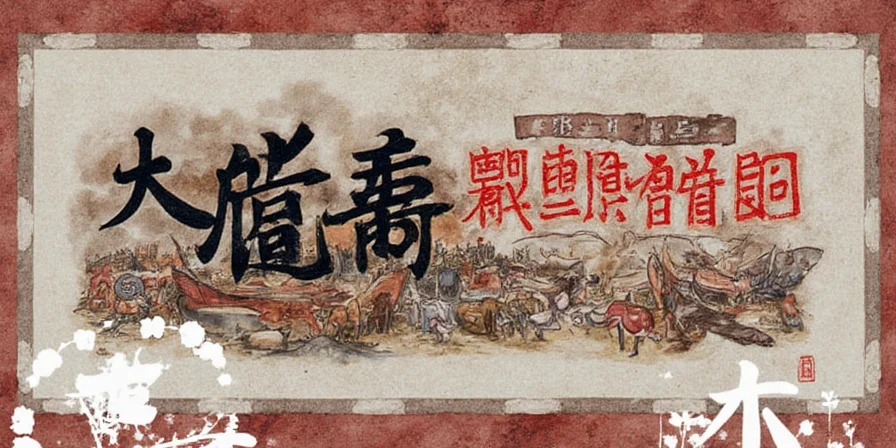
Frequently Asked Questions
Is 'curry' an authentic Indian term?
No Indian language uses 'curry' as a universal term. It originated from the Tamil word kari (sauce), adopted by British colonists to categorize diverse South Asian dishes. Regional names like kadhi (Punjab) or sagu (South India) remain in daily use.
Why don't Thai curries use curry powder?
Thai cuisine relies on fresh herb pastes (like green curry paste) made from ingredients thriving in tropical climates. Curry powder—a British colonial invention—was never part of traditional Southeast Asian cooking, which prioritizes fresh, regionally available aromatics.
Can I make authentic curry without specialty ingredients?
Absolutely. Authenticity lies in technique, not rigid ingredient lists. Substitute kaffir lime leaves with extra lime zest + bay leaf, or use pumpkin for Japanese kare's sweetness. The key is understanding each ingredient's purpose in flavor balancing.
How did curry become popular in Japan?
British naval officers introduced curry to Japan during the Meiji Restoration (1868-1912). The Japanese Navy adopted it for its high-calorie content and ease of mass preparation, later adapting it with roux and local ingredients like apples to create uniquely Japanese kare.
Why are Caribbean curries so different from Indian ones?
Indian indentured laborers in the Caribbean adapted recipes using New World ingredients like Scotch bonnet peppers and allspice (pimento). The slow-cooking method evolved to tenderize tough goat meat—a practical solution reflecting local conditions, not Indian tradition.

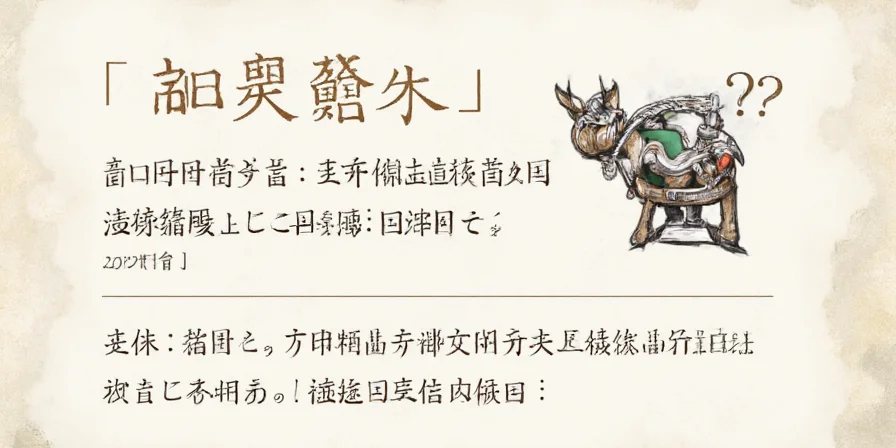









 浙公网安备
33010002000092号
浙公网安备
33010002000092号 浙B2-20120091-4
浙B2-20120091-4